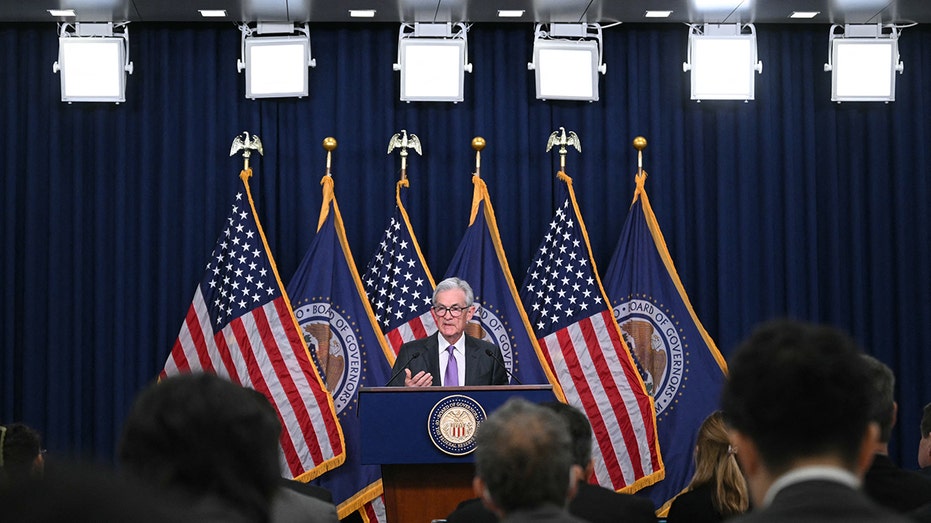The Federal Reserve’s preferred inflation gauge showed that price growth slowed in March, with inflation trending closer to the central bank’s target rate.
The Commerce Department on Wednesday reported that the personal consumption expenditures (PCE) index was flat compared with the prior month and grew 2.3% on an annual basis. Those figures were largely in line with the estimates of economists polled by LSEG, which predicted flat monthly price growth and annual inflation to be 2.2%.
Core PCE, which excludes volatile food and energy prices, was also flat from a month ago and grew 2.6% on an annual basis. LSEG economists predicted a slight monthly increase of 0.1%, while their annual estimate was in line with the report.
Federal Reserve policymakers are focusing on the PCE headline figure as they try to slow the pace of price increases to their target of 2%, though they view core data as a better indicator of inflation. Headline PCE was down from 2.5% in February, while core PCE also declined from 2.8%.
US ECONOMY SLOWS SHARPLY, SHRINKING 0.3% IN THE FIRST QUARTER, AS TARIFFS WEIGH
Prices for goods declined 0.3% on an annual basis in March, with a 1% drop in durable goods prices more than offsetting a 0.1% rise in prices for nondurable goods. It marked the first decline in overall goods prices since November, though prices in the category were flat in December.
Services prices were 3.5% higher in March than a year ago, which was slightly cooler than the 3.8% growth seen in February.
Wages and salaries were 0.5% higher on a monthly basis, an uptick from 0.4% last month and the highest monthly gain since November.
The personal savings rate as a percentage of disposable personal income was 3.9% in March, down slightly from 4.1% in February.
PRIVATE SECTOR ADDED 62K JOBS IN APRIL, WELL BELOW EXPECTATIONS, ADP SAYS
The Commerce Department’s report comes as the Federal Reserve is assessing economic data and monitoring inflation and the health of the labor market ahead of its next policy meeting, which is scheduled for next week.

Federal Reserve Chair Jerome Powell has said that the central bank isn’t in a rush to cut interest rates and that monetary policy isn’t on a preset course as it evaluates economic conditions and the impact of the Trump administration’s tariff policies.
The Fed held its benchmark interest rate steady at its last two meetings, and the market expects that trend to continue as the probability of the federal funds rate remaining at its current target range of 4.25% to 4.5% when the central bank meets next week is 93.5%, according to the CME FedWatch tool.


















